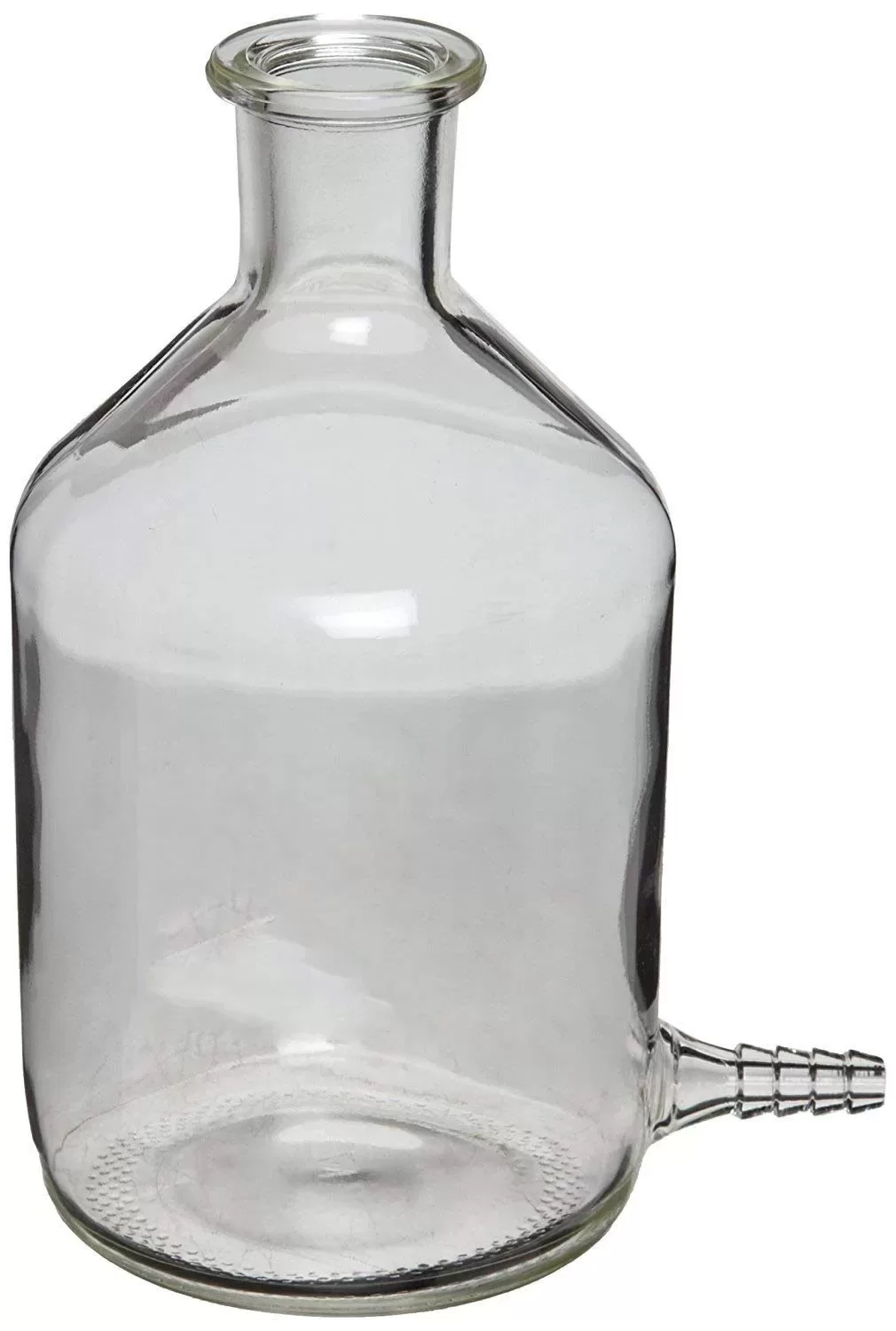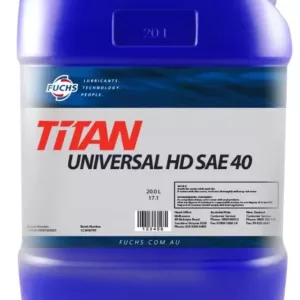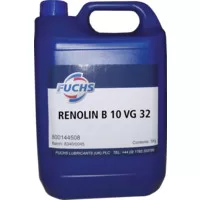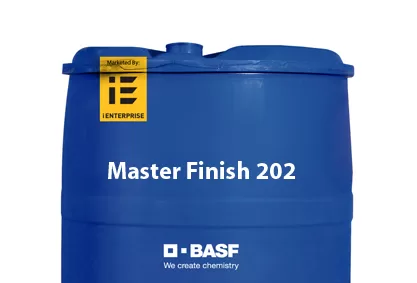Shopping cart (0)
Subtotal: $0.00
Spend $350.00 to get free shipping
Congratulations! You've got free shipping.
Burette clip
Login to view price
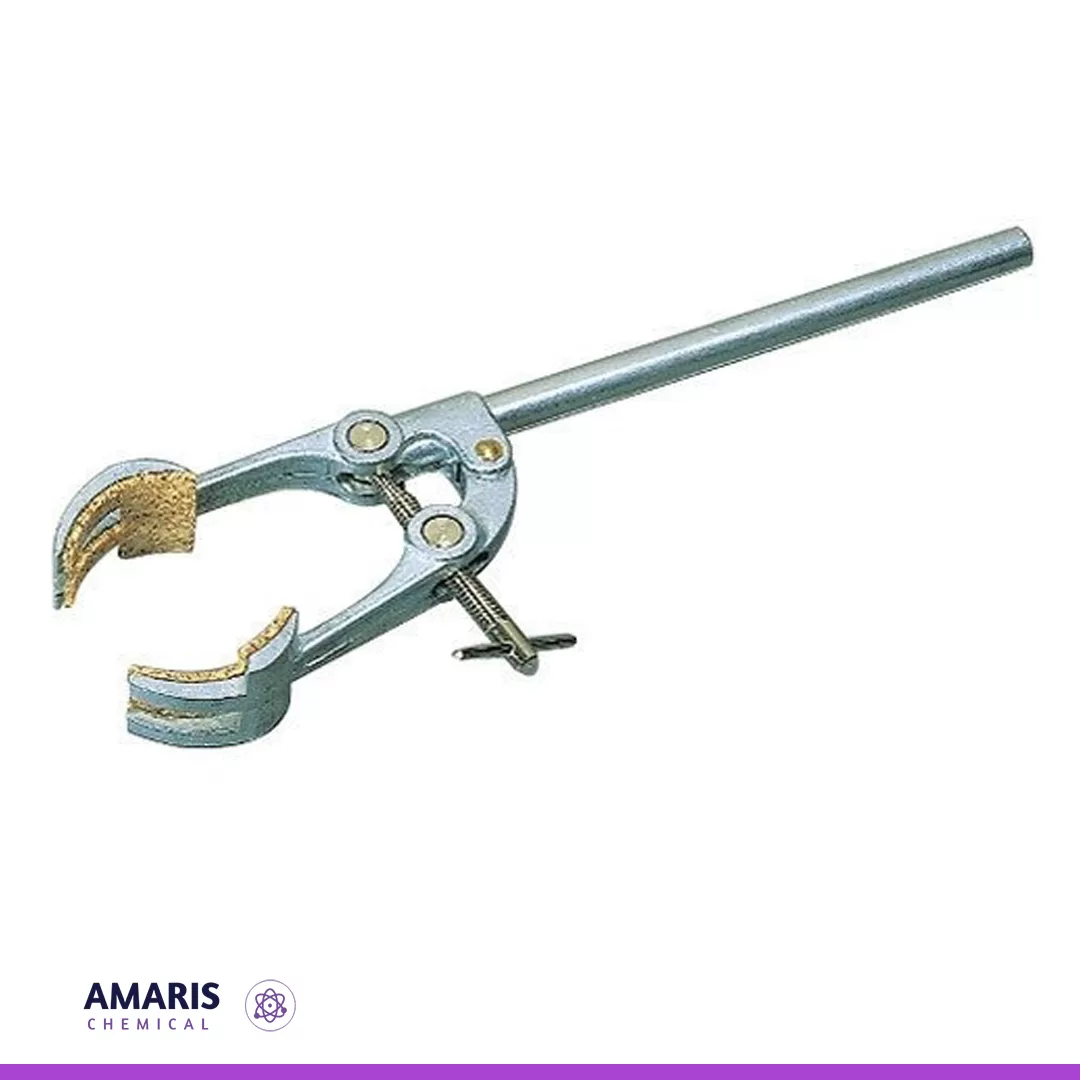
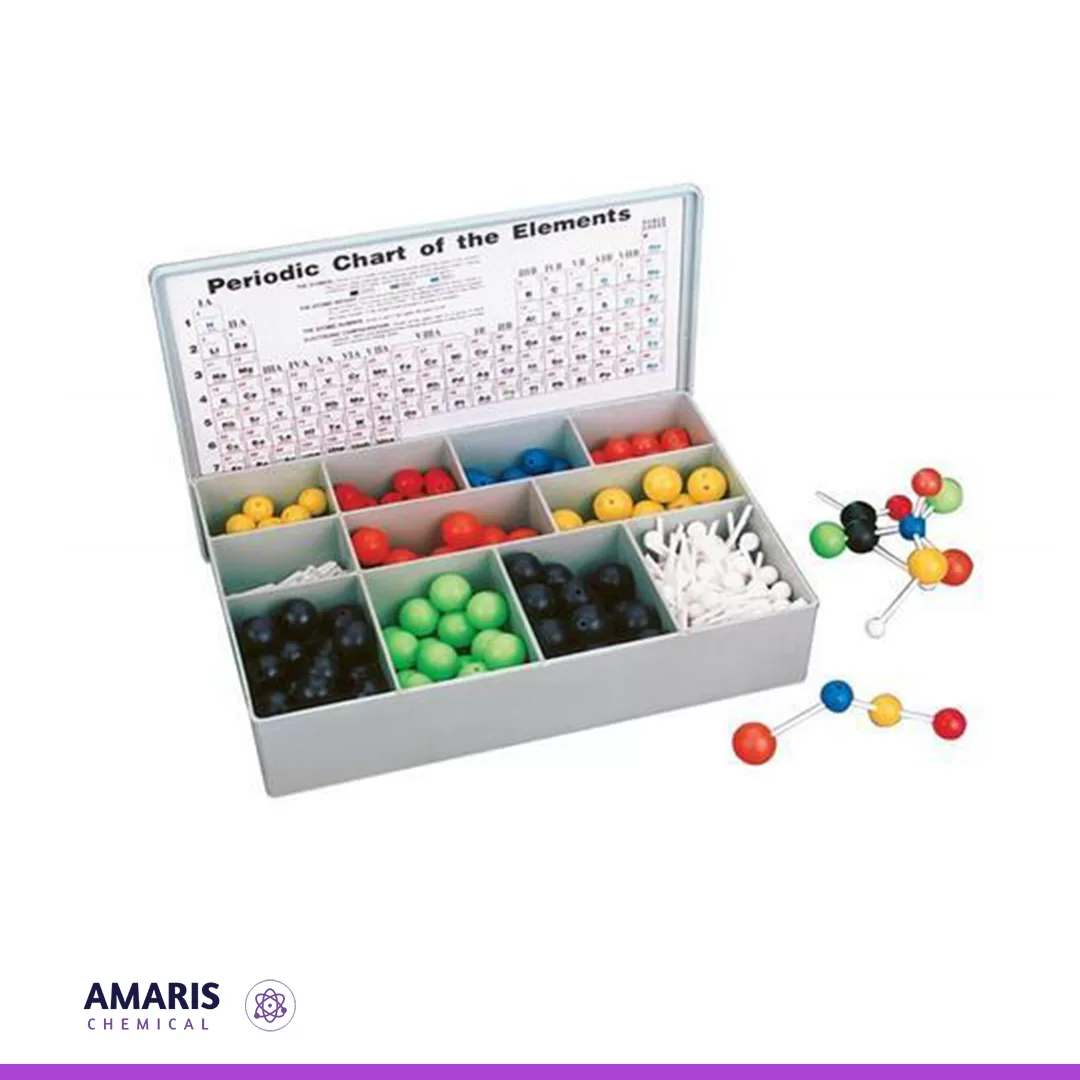
Atomic Model Set
Login to view price
Aspirator Bottle Glass
SKU:
ACS58237CHEM0
Uses of Aspiratory bottles
1. Vacuum Filtration
- Application : Aspiratory bottles are essential for vacuum filtration processes where solids are separated from liquids.
- How it works : The bottle is connected to a vacuum source, and the liquid is drawn through a filter paper or membrane, leaving the solid residue on the filter.
2. Sample Collection Under Vacuum
- Application : These bottles are used to collect samples under reduced pressure, such as gases or volatile liquids.
- How it works : The vacuum created inside the bottle helps draw the sample into the container without contamination or loss.
3. Distillation and Evaporation
- Application : In distillation setups, aspiratory bottles can be used to collect condensed vapors or to facilitate the evaporation of solvents under vacuum.
- How it works : The vacuum reduces the boiling point of the solvent, allowing for more efficient evaporation at lower temperatures.
4. Chromatography
- Application : In some chromatographic techniques, aspiratory bottles are used to collect eluents or fractions under vacuum.
- How it works : The vacuum assists in speeding up the separation process by enhancing the flow of the mobile phase through the stationary phase.
5. Liquid Waste Collection
- Application : Aspiratory bottles are often used to collect liquid waste generated during experiments, especially when working with hazardous or toxic substances.
- How it works : The vacuum ensures that the waste is safely contained within the bottle, minimizing exposure to the user.
6. Cell Culture and Biological Applications
- Application : In biological labs, aspiratory bottles are used to remove media or other liquids from cell cultures without disturbing the cells.
- How it works : The gentle vacuum action prevents damage to delicate cells while effectively removing unwanted liquids.
7. Drying Samples
- Application : Aspiratory bottles can be part of a setup used to dry samples by applying vacuum to remove moisture or solvents.
- How it works : The vacuum lowers the vapor pressure, accelerating the drying process.
8. Gas Handling
- Application : These bottles are sometimes used in gas handling systems to trap or collect specific gases during chemical reactions.
- How it works : The vacuum helps direct the flow of gases into the bottle for collection or analysis.
9. Pressure Equalization
- Application : In certain experiments, aspiratory bottles help maintain pressure equilibrium between different parts of a system.
- How it works : By connecting the bottle to the system, it acts as a buffer to absorb pressure changes.
10. Chemical Synthesis
- Application : During synthesis reactions, aspiratory bottles may be used to collect by-products or to control the reaction environment under vacuum.
- How it works : The vacuum can drive the reaction forward by removing products as they form, shifting the equilibrium.
Characteristics of Glass Aspiratory Bottles:
- Durability : Glass is resistant to breakage under normal laboratory conditions.
- Chemical Resistance : It does not react with most chemicals, ensuring the integrity of the samples or reagents.
- Transparency : Allows visual monitoring of the contents during experiments.
- Heat Resistance : Can withstand temperature fluctuations often encountered in lab procedures.
People also bought
Titan power 40 SAE
Login to view priceRenolin B
Login to view priceMaster finish 202
Login to view priceMaster Air
Login to view priceOur Services
FORMULATION
Product Formulation
Shipping
Worldwide Shipping
CONSULTANCY
Manufacturing Consultancy
Support 24/7
Contact 24 Hours Day
SPECIAL PRODUCT
0 Days
0 Hours
0 Minutes
0 Seconds

